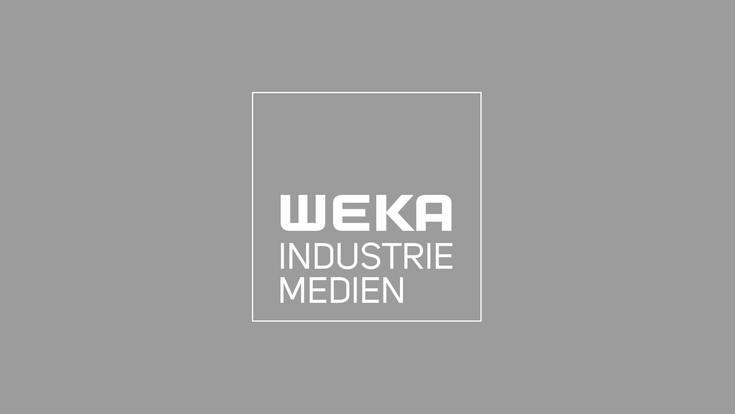In addition to being combusted in waste to energy plants, another significant user of waste derived fuels is the cement industry. One major advantage of this is that in cement plants the co-processing of wastes is considered as energy and material recovery because mineral matter is incorproated into the clinker and no additional waste, such as bottom ash, is produced.
However, due to the composition of many waste streams, including MSW, a much more rigerous process is required to produce the Solid Recovered Fuel (SRF) to the required specification when compared to waste derived fuels used for energy generation. The percentage of the total fuel used in cement kilns is also governed by a number of factors.
To increase that share the heat for required for cement manufacturing produced by SRF from 63% to 75%, Slovenian cement manufacturer, Salonit Anhovo, is introducing a new system. As one step in this continuous improvement program the ‘3D Feed and Chlorine Bypass’ allows the company using alternative fuels more efficiently and in increased quantities.
According to the company the system at its plant in Anhovo enables CO2 savings of more than 10,000 tonnes per year a carbon emission intensity factor of 0.737 kg CO2/kg clinker, which is substantially below the relevant EU benchmark. In addition to SRF the plant also utilises waste oil, waste tyres, dried sewage sludge, and animal meal.
The development is in part thanks to an investment of by the European Bank for Reconstruction and Development (EBRD) in December last year. Investments completed to date also resulted in the reduction of the air emissions, noise levels and wastewater discharges. It also has a beneficial effect on operational costs, which will decline thanks to the adjusted fuel structure.
In recognition of the company’s success at reducing the environmental footprint of cement manufacture the firm was recently awarded a bronze EBRD Sustainable Energy Award for “massive progress in the use of non-hazardous solid recovered waste in the energy mix”.
“The production of cement is very energy intense. Our development team has designed this innovative solution on the basis of 30 years of experience with the use of waste as a fuel in a continuous investment cycle,” explains Julijan Fortunat, Chairman of the Board, Salonit Anhovo. The results are an encouragement to continue with innovation towards sustainable cement production in a circular economy.
Salonit Anhovo is presently at levels expected for the industry by 2025 in terms of specific heat consumption, and by 2030 in terms of clinker ratio in cement and specific CO2 emissions.
“This is an excellent example of how an innovative, tailor-made solution can benefit both finances and the environment. This investment will bring significant cost savings, contribute to the operational restructuring and support the resource efficiency of Salonit Anhovo by increasing the use of alternative fuel in the energy mix,” says EBRD Director Dariusz Prasek.



